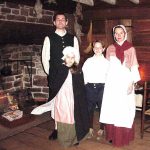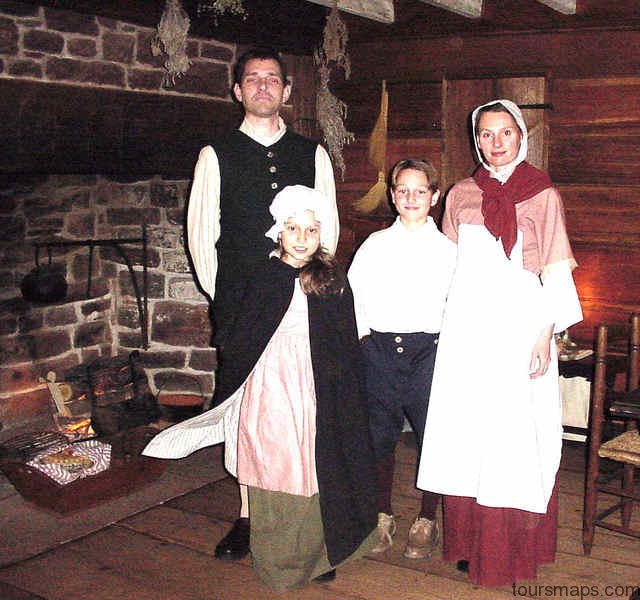The first group of Puritans, or Pilgrims, landed in Plymouth (modern-day Massachusetts) on December 20, 1620, and established the Plymouth Colony in
New England. Upon landing, forty-one persons composed The Mayflower Compact, which was a religious and social covenant that ordered religious and
political life in the Plymouth. William Brewster acted as their ruling elder and teacher, William Bradford as their governor, and Miles Standish as their
military leader. That year, the harsh winter killed half of the original group.
This group of Puritans is known as the separatists, or independents, because they separated from the Church of England. They saw the established
church as corrupt and impure and saw themselves as isolationists, because they wanted to isolate themselves from those outside of their covenant
community.
The area north of Plymouth, in Salem, was settled by a group of Puritans who were not concerned about separating themselves from the Church of
England but rather wanted to remain united to England and to reform the church from within. They were able to secure a charter from King Charles I,
which enabled them, in a sense, to incorporate their group as a business, to occupy a territory, and to form a civil court to rule. On October 29, 1629, the
Massachusetts Bay Company was inaugurated with the election of company officers. John Winthrop was elected as governor. In March 1630, Winthrop
and a group of about 1,000 settlers left England for the New World. While aboard the Arabella, Winthrop addressed his fellow settlers and admonished
them to enter into a covenant with God to participate in and maintain a godly community. The hope for this community was to establish an English
populace in America. Salem proved to be an inadequate center for the commonwealth, so Winthrop tried setting up a civil center in Charles Town before
finally settling on Boston.
The first winter was uncommonly cold and nearly 200 settlers died. In the spring, another 200 returned to England. Yet the theological and ideological
hope of the New World was impressively inviting to English Puritans, so that by 1640 more than 18,000 dissidents had made the voyage across the
Atlantic.
In this early stage of American Puritanism, the political structure was primarily theocratic. Only church members could vote and hold civil office. Despite
having suffered religion persecution in England, both the Puritans and Pilgrims did not practice religious toleration. This was to protect the covenant
community from outside influences and competing theologies and ideologies. Baptists, Quakers, and eventually, in some regions, Catholics were restricted
and censured.
The Puritans valued education next to religion. As early as 1636, they founded a college at Cambridge that eventually became Harvard University. In
1647, the General Court of the Massachusetts Bay Company passed the Old Deluder Satan Act, which required townships of fifty or more families to
appoint a teacher who was to teach all children to write and read. Townships of 100 or more families were to establish a grammar school to prepare youth
for the university.
American Puritanism Photo Gallery
Maybe You Like Them Too
- Top 10 Islands You Can Buy
- Top 10 Underrated Asian Cities 2023
- Top 10 Reasons Upsizing Will Be a Huge Travel Trend
- Top 10 Scuba Diving Destinations
- The Best Cities To Visit in The World


